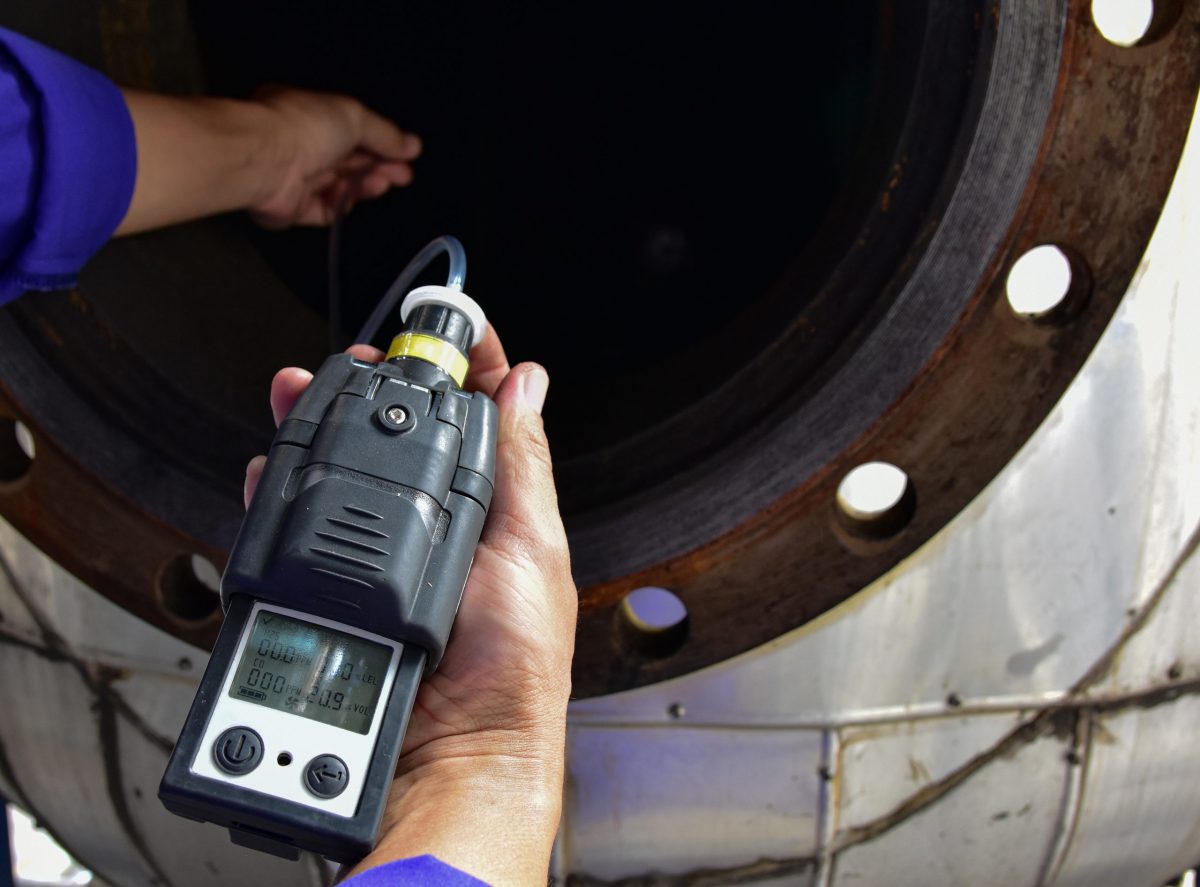A key element for keeping workers safe on the job is limiting exposure to harmful chemicals and hazardous materials. Most associate these exposures with liquids and harmful solid materials but the concern is just as valid for the substances in the air around a site. Which is why air monitoring plays such an important role and is a necessary part of any company’s safety program.
Proper air monitoring requires specific training, precise measurement, and specialized equipment to be fully accurate. All of this combines to make it a tricky practice to master. But don’t let this hold an organization back from utilizing such an important safety practice. Start with these major do’s and don’ts for proper air monitoring that every worker should know. Then build out air monitoring as a capability that goes beyond the basics to best serve workers in each specific job and environment.
DO: Use the Right Equipment
The right equipment is necessary to do the job right. Choosing the correct detection equipment is no different. No one meter will be able to detect all potential hazardous chemicals. It’s necessary to fully assess the potential hazards of the space and have the correct meters on hand before conducting tests. The correct meter(s) will alert workers to the presence and concentration of potentially harmful chemicals as well as assist in determining what type and level of protective equipment workers in the area should be wearing.
DON’T: Forget to Zero, Test, and Calibrate
Using the right equipment improperly can lead to a false understanding of atmospheric conditions. Air monitors need to be properly set up before they are used to test the atmosphere. Zeroing equipment should be done in a neutral environment that is known to be free of potential contaminants. Zeroing in the wrong place will throw off true readings and completely defeat the purpose of testing.
Bump testing the monitor prior to use is a requirement. This simple test determines if the alarms and sensors still function properly by exposing the device to a known concentration of gases to exceed the minimum set-point for each alarm and sensor. Performing a bump test also confirms the meter is working and allows for a battery check.
Calibration is also important to establish accuracy. Devices that fail a bump test or that have been dropped or damaged should always be calibrated before they’re reused. It’s also good practice to set a recalibration schedule of at least every 30 days. Refer tp the meter operations manual for manufacturer recommendations for calibration scheduling. Make sure the device accurately reads the concentration listed on the calibration cylinder and that only the correct calibration cylinders are used for each device.
DO: Set Standards Beyond the Manufacturer
Manufacturers will provide standards based on the capabilities of their equipment. These are good in a pinch but not ideal for individual organization safety policies. Organizations should strive to establish standards in line with their industry and best practices to ensure the total safety of workers. Because lives are always more important — and more delicate — than equipment.
DON’T: Lapse on Training
Employees that use equipment should be well trained in how to properly use that equipment. This seems like a simple standard. But it means going beyond the foundations of an entry-level safety standards course. Employers should ensure that their workers are trained on the specifics of both properly using an air monitor, and on the worksite hazards they will potentially be exposed to. A good understanding of standard operating procedures and knowledge of job specific hazards are critical to ensure a worker knows how to use their equipment/ Just as important is knowing what the equipment isn’t able to tell them about the site where they’re working.
Critical safety practices such as air monitoring require quality training for workers. Which is why Optimum Safety Management utilizes experienced safety professionals to provide comprehensive foundational safety education in addition to expanded job hazard and standard operating procedure training. The training provided through the OptimumOnline Safety Training Solutions is designed so workers gain confidence in applying safe working practices and competently identifying and addressing hazards to prevent incidents. This includes the proper use of safety equipment, and training for specific job and industry hazards to truly bolster the employer’s on-site safety culture and reduce injuries.
Optimum Safety Management provides the information and services to help companies develop safety leaders and improve overall safety performance. For more information on how Optimum Safety Management can assist with your businesses’ safety needs, contact an expert today, or reach out via phone at 630-759-9908.
Continue reading safety blogs for more safety tips and insights








